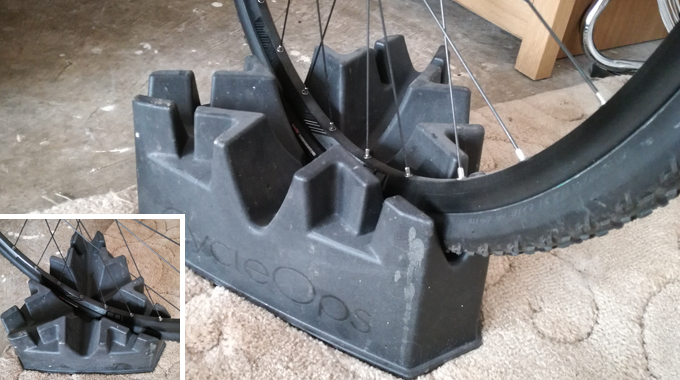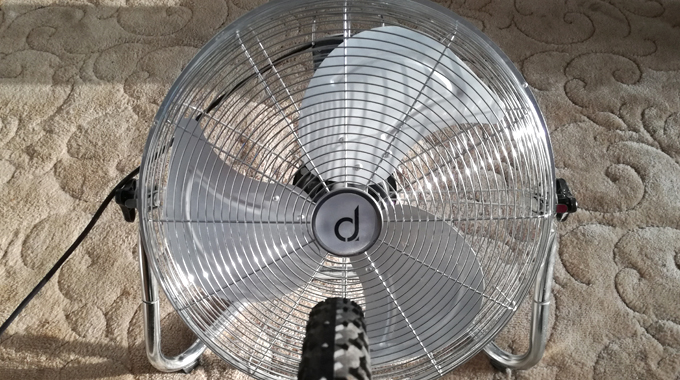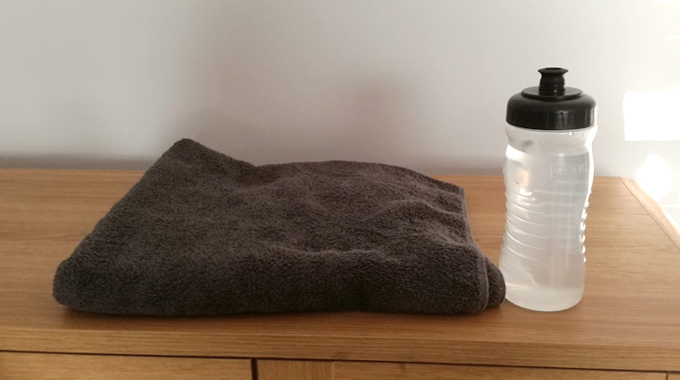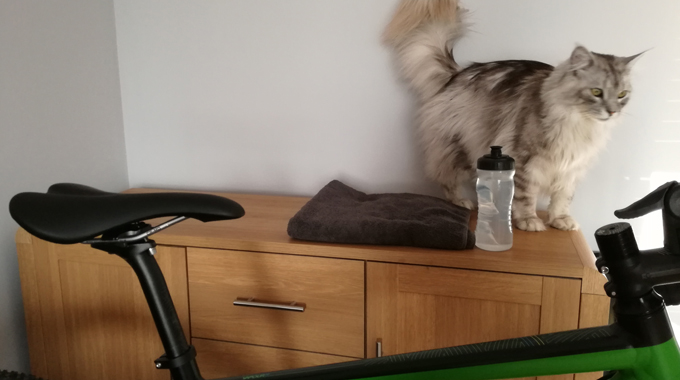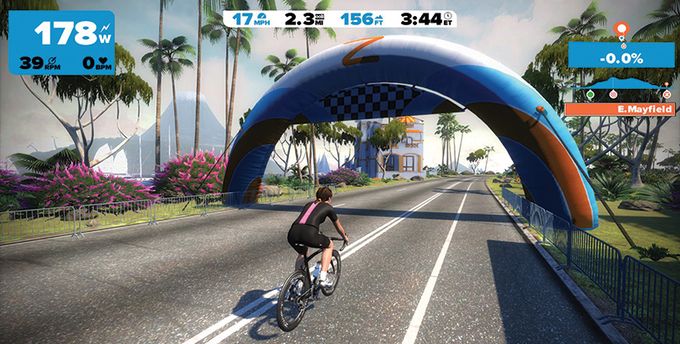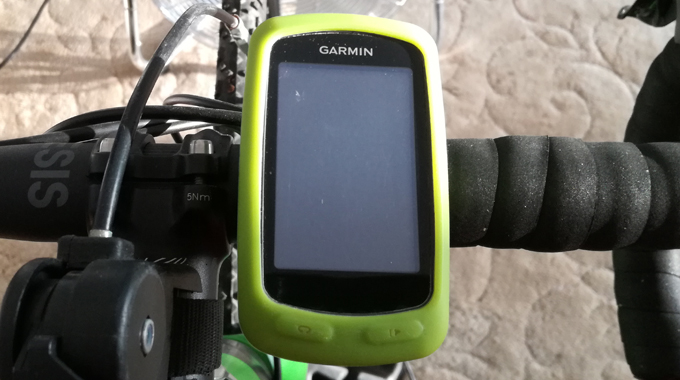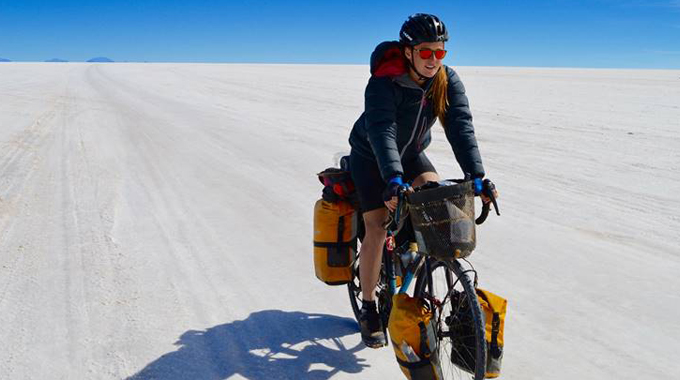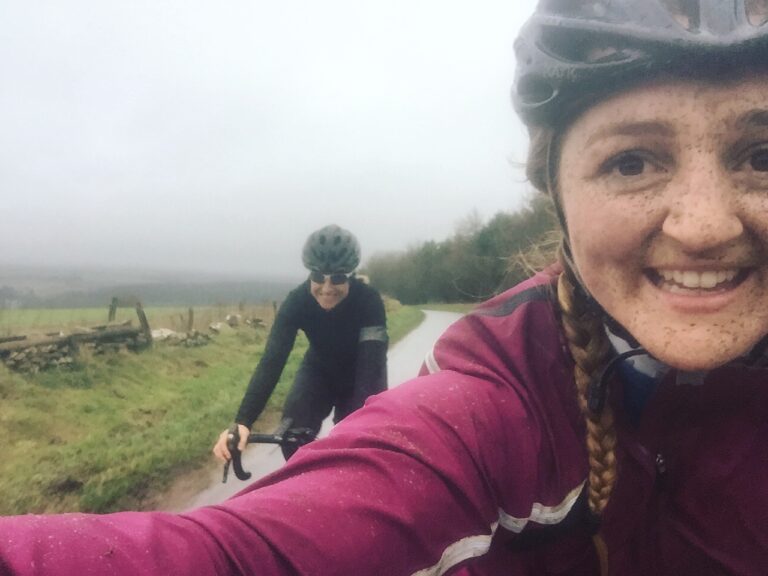Turbo trainers and cyclists have a very fiery love/hate relationship. Nothing can beat real cycling with the fresh air, the sound of tarmac and the sensory overload from the nature that’s around you. However, realistically it can be hard to find the time for one of those good rides, and when the winter weather sets in, it can be even harder.
How to choose the right turbo trainer
Turbo trainers are a means to an end, but with a little more oomph. While you can pedal from the safety and warmth of your own home, you can also really work up a sweat with some high-intensity routines that you can’t do as easily outside.
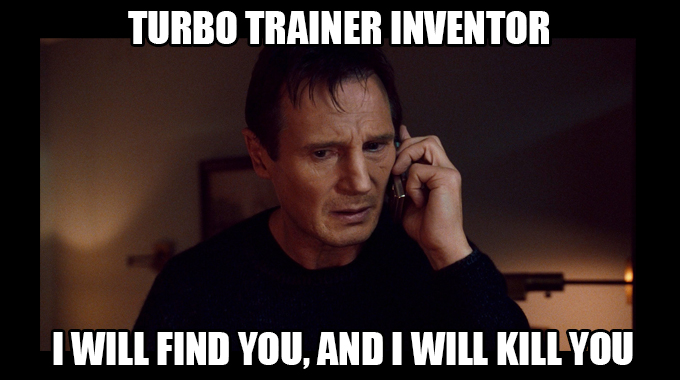
If you’re thinking of investing in turbo trainer and giving the whole indoor cycling malarkey a whirl, then great! But be aware of these rookie mistakes so that you don’t wobble-fall into a trap….



